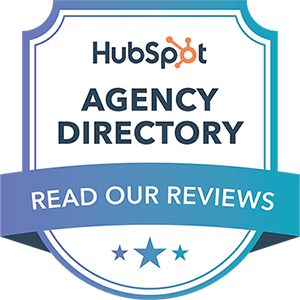Let’s say you’ve completed your buyer personas and you’re all revving to get your inbound marketing campaign started. Does this mean the buyer persona development phase is over and you can let the campaign run its course?
Not exactly.
While buyer personas give you a character profile of your potential target market of customers, if you put yourself in the shoes of the customer, you’d realize that customers love it when they are being treated as if you’re speaking to them in person.

It’s like emails where you are more likely to click on an email or a posted mail addressed to your name than a generic ‘Hi Resident’ or ‘Hi there!’. Of course, while your buyer persona is all spic and span, well-developed based on internal and external customer research and interviews, the next step is really using the profile and putting it to effective use.
1. Eat Your Own Dog Food
You may have spoken to your internal teams and gotten the research you needed for your buyer persona, but once it’s developed, you’d probably want to share it with them. This means propagating the buyer persona to everyone in your organization, so everyone understands who that as-yet faceless, nameless person out there is but will eventually become flesh and blood, has needs and wants, including giving you their time, money and loyalty.

If everyone in your company practices what you preach, by knowing the persona’s interests, traits, challenges, goals and background, it will make everyone’s job simpler, focused and efficient. Your sales person will know how to respond when they know which persona they are talking to, your operations team will know how to deal with a situation when they need to address a problem relevant to a persona, and your accounting team will understand a persona’s likeliest financial situation when dealing with a customer befitting of that persona.
When you’re at the meeting room table and everyone from different departments talk about customer A and customer B, by getting everyone to talk about Sporty Sam and Overworked Owen, the distinction will become clearer in how internally, all of you communicate and see the future.
2. Profiling Customers to Personas
The next step is to profile your customers to the personas you’ve developed. Yes, at some point, you may need that extra help from your customers to tell you which persona they think and feel best describes them. Perhaps when your customers download and access your website, mobile app, or they visit your store, office or attend a seminar you’ve conducted, you can distribute a survey form with an additional query.
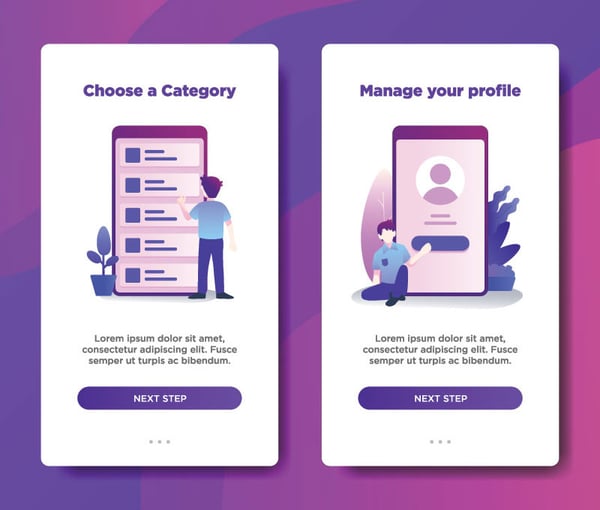
The query can go something like this, “In marketing meetings related to budgeting, I am more than likely the…” and have a drop-down list of maybe 3-5 answers like “data science analyst”, “market survey researcher”, “inter-departmental arbitrator”, “influencer” or “final decision-maker”. Another example could be “When I’m in a meeting, and a decision on an item has to be made, I am more than likely the…” with answers like “first to speak and give my opinion”, “wait for someone to give opinions before weighing in” or “last person to speak after hearing everyone’s opinions.”
Based on these, you can then match the customer to a particular profile easier, giving your teams a better homing opportunity in how to approach the customer.
3. Mapping Your Content Mix to Persona Challenges & Goals
With your buyer personas’ challenges and goals, you would probably have a good idea of how your content strategies can address each challenge and goal. For example, if Overworked Owen has a challenge like ‘too few staff, overloaded with out-of-scope work at the office’ and a goal like ‘wish to go home earlier and spend time with family’, you may have a content pipeline that talks about ‘addressing short-handed resources in the office’ or ‘speaking to your boss about doing other people’s work for them’.

It’s always better to look through your content pipeline, lay them out on a board or a spreadsheet, plan their mix against the personas’ different challenges and goals.
It’s also useful to review past content and see if they can be reused for newly developed buyer personas. The most critical part of this exercise is to ensure you are hitting each phase of the buyer’s journey (Awareness, Consideration and Decision) for every buyer persona you’ve developed.
At some point, you want these content mixes to help lead these different prospects through the appropriate funnel. Think of yourself as the rabbit leading your customer down a rabbit-hole of which you know the destination to, but your customer doesn’t.

4. Tending to Each Persona’s Needs As If They’re Someone You Know
Once you have your calendar of which content goes where, addressing to which challenge and goal of which persona, you need to also think about each persona’s thought process. For example, once the content hits a persona’s inbox, is Overworked Owen going to open it immediately, or take some time to look at it? Perhaps Overworked Owen spends more time looking at his Twitter account than read his emails?
As each persona goes through the will he/won’t he thought process with you, you need to think about the most likely journey the persona will take towards buying your product or service. Sometimes, during this process, you may change your content mix, tweak it a little and see what works.

It’s like a farmer tending to different crops in a field. Each crop has a different way of reaching out for the sun, absorbing the water and nutrients you give it, settling its roots and providing you with the fruits of your labor. So it is with different personas, you need to know each persona like someone you know and guide the persona down a certain path that works for the both of you.
If one of your content pieces can be used to target several buyer personas, you should create different lead nurturing campaigns which focus on each persona’s challenges and goals. It will not help if you use that content piece as a be-all, end-all campaign targeting all of your personas.
5. Contextualizing the Messaging to Each Persona
Which is better? Building a website for all your personas or building a website targeting each persona? In today’s high-tech ecosystem, building more than just one website for a campaign is not that difficult, especially with drag-and-drop website builders like Wix and Weebly. In fact, you don’t even need to know any coding these days.
Alternatively, you can develop a site that lets the prospect choose what persona he or she falls under.
So, if you have more than one persona, like Overworked Owen and Sporty Sam, wouldn’t it be great if you can develop a website with separate content for separate profiles – after the prospect clicks on a particular profile?
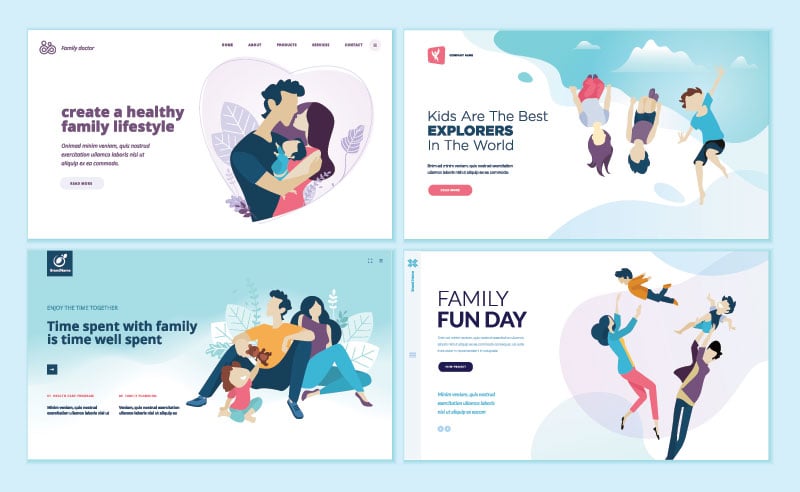
For example, after a prospect clicked on your Overworked Owen profile, he or she may be led to content tips on being a family man or woman who found balance between work and life, with tips on how to be efficient at work, not get overloaded with other colleagues’ work and so on, while prospects who clicked on the Sporty Sam profile may find content mix with images of people running, living a healthy lifestyle and eating right.
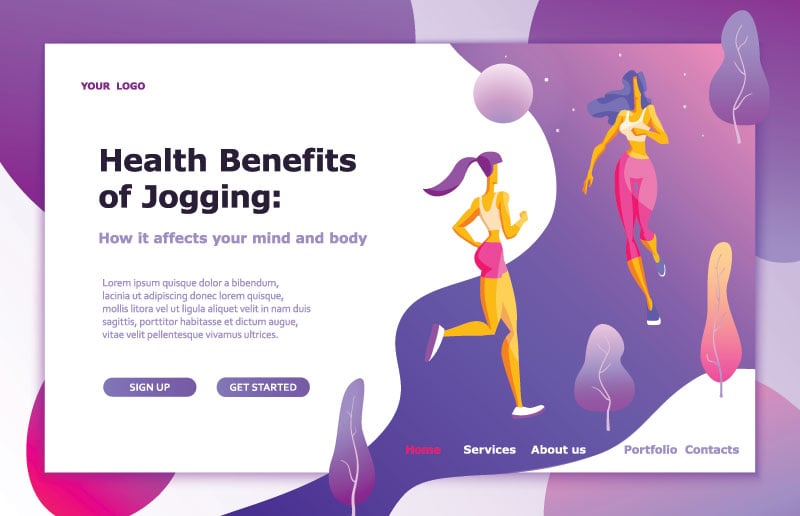
The information your persona chooses upon landing on your site matters, which means you are continuously honing your persona based on their choices and preferences, and contextualizing the content based on what they like, dislike and want to see.
6. Always Go Back to Source
At some point, you’ll learn more about your persona beyond what you’ve initially developed. For instance, based on their movements around the website you’ve developed, you may learn that prospects within a particular persona spends plenty of time reading business- and financial-related news rather than mainstream news. You may also learn, through the clicks and duration of their stay on certain pages of your website, that they may like to read shorter news and watch more videos, rather then read lengthy articles.
Perhaps Overworked Owen can only read tweets because they’re short messages and he only has so much time in the day to catch up on the news? Perhaps Sporty Sam reads his news on his high-tech sport-watch and hardly reads the newspaper?

With this intelligence, what better way than to rejig your content mix and inbound marketing campaigns to the right audience based on the feedback they are inadvertently providing you with?
The source of your existence as a company is your customer. It goes without saying that to win over your customer, you have to always go to your customer as if you’re their customer, before they want to come to you.
Your customer will require different content to serve their needs at different stages of the buyer’s journey (Awareness, Consideration and Decision). For example, you may have customers who are in the early stages of dating and customers who have been dating for sometime and are now considering marriage. If you’re in the business of planning bridal events, the content targeted at these customers will be different for the ones who are just dating (eg. romantic places to visit, travel destinations, wine and dine) and the ones who are planning marriage (eg. financial stability, bridal studios, housing).
Assess Your Situation
At this point, if you still find yourself having difficulty with the content mix and mapping them to the different stages of the buyer’s journey, you may need to reassess your buyer persona to be assured of having the right marketing campaigns with the right reach and relevance. Once you are confident with your personas, the next step for you is to not sit on them but use them for your inbound marketing campaigns and see the returns on your investment.

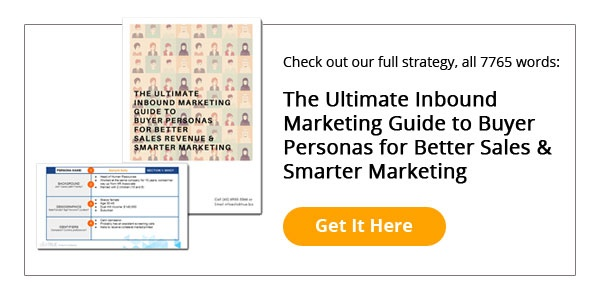
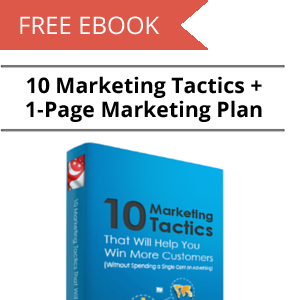
 hello@clicktrue.biz
hello@clicktrue.biz
 info.my@clicktrue.biz
info.my@clicktrue.biz info.th@clicktrue.biz
info.th@clicktrue.biz info.id@clicktrue.biz
info.id@clicktrue.biz info.vn@clicktrue.biz
info.vn@clicktrue.biz

